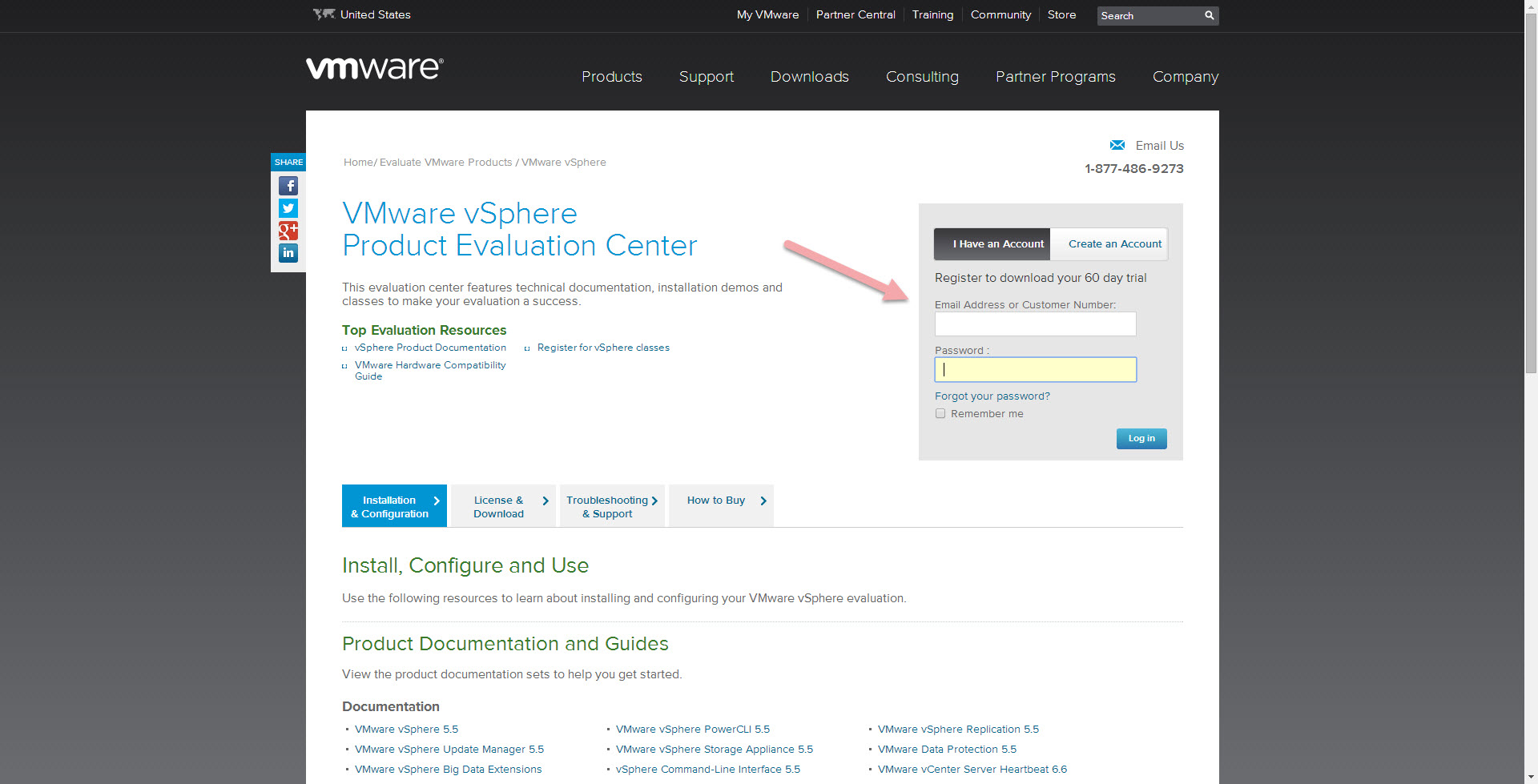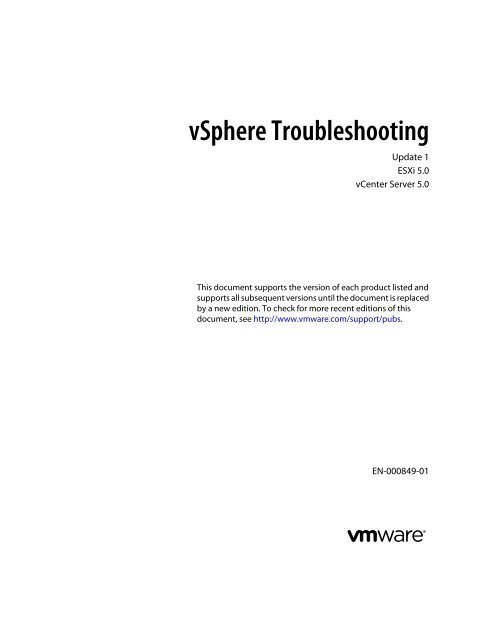


The entry in the monitor stanza of the nf file is: See "Configure your inputs" in Getting Data In for more information. For each monitor stanza in the nf file, specify the following settings:.Set the index and the source type before sending it to the intermediate forwarder. See "Deployment overview" in Forwarding Data to install the universal forwarder.Ĭreate an nf file in the system/local folder to monitor the ESXi hosts log files on the syslog server.Select the forwarder version and the OS version that you need. Download the Splunk Universal Forwarder from Download Splunk Universal Forwarder page.Step 1: Install a Splunk Universal Forwarder on your syslog server Configure hosts to forward syslog data to the intermediate forwarder. For the first installation, use an intermediate forwarder as your data collection point.Verify that the ESXi hosts can forward data to that data collection point. To configure ESXi log data collection, identify the machine to use as your data collection point.UDP port 514: Requires Splunk Enterprise root privileges.Ĭonfigure the Splunk Add-on for VMware ESXi logs to receive ESXi syslog data.TCP port 1514: Not supported on VMware vSphere 4.1.The VMware environment supports the following ports for syslog data collection. A syslog server with a Splunk platform forwarder monitoring logs.When you use the forwarder to collect ESXi logs, Splunk platform is the default log repository. A Splunk platform forwarder as the data collection point, which can be the Splunk OVA for VMware.Splunk Add-on for VMware accepts ESXi log data using syslogs from the following sources. Configure the Splunk Add-on for VMware to collect log data from ESXi hostsĮSXi server logs let you troubleshoot events and host issues.


 0 kommentar(er)
0 kommentar(er)
